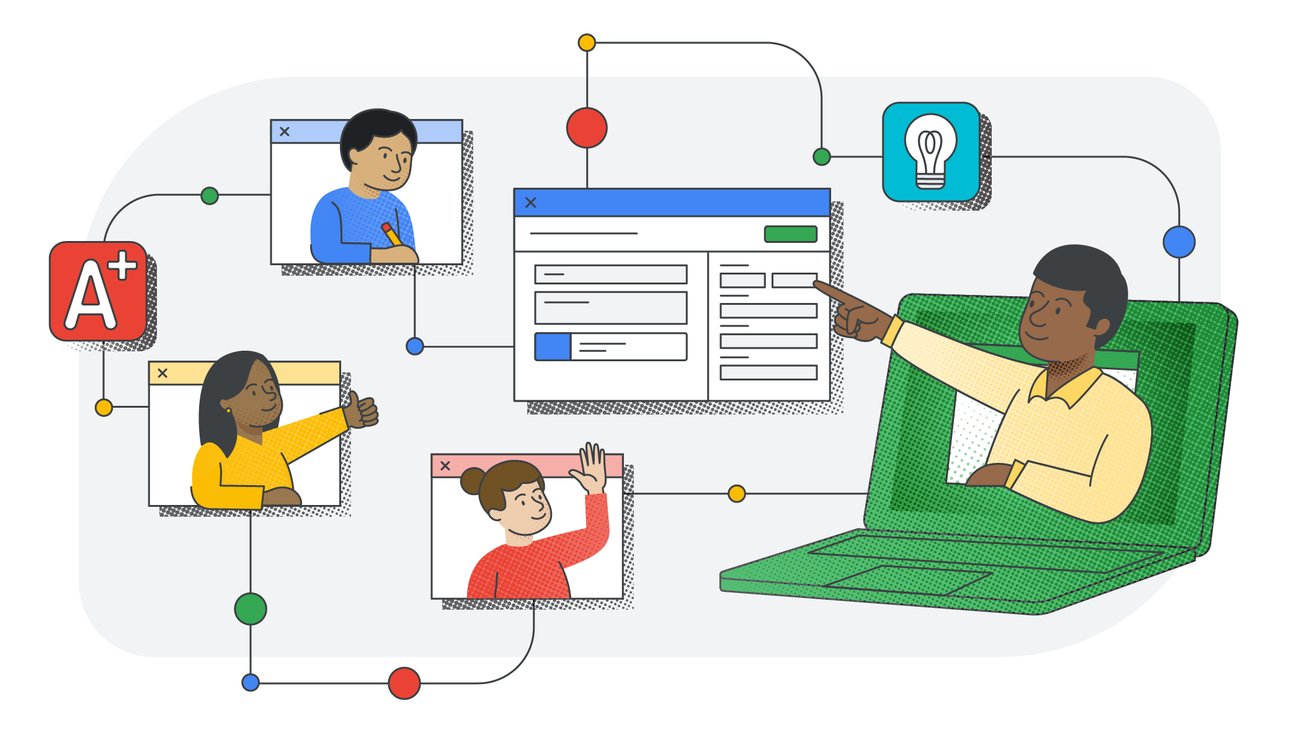An in-depth Adaptive Learning Market Share Analysis reveals a complex and multi-layered competitive landscape where market share is distributed among several distinct categories of players, each with unique strengths and market strategies. A significant portion of the market is held by large, established educational publishers and content providers, such as Pearson, McGraw Hill, and Cengage. These incumbents have leveraged their vast libraries of proprietary textbook and courseware content and their long-standing relationships with educational institutions to build and deploy their own adaptive learning platforms. Their primary competitive advantage is their control over the curriculum and content that is already deeply integrated into the educational system. Their strategy involves transforming their static digital textbooks into dynamic, interactive, and adaptive learning experiences, thereby defending their core business while capturing a significant share of this new and growing market.
A second and increasingly influential group vying for market share consists of pure-play, technology-first adaptive learning companies and AI-native startups. These companies, such as DreamBox Learning, IXL Learning, and Cerego, have built their platforms from the ground up with a focus on sophisticated data science and artificial intelligence. Their competitive advantage lies not in owning proprietary content, but in the power and efficacy of their personalization engines. They often partner with content providers or use open educational resources, focusing their R&D on developing more accurate predictive models, more effective learning algorithms, and a more engaging user experience. These agile players are capturing market share by demonstrating superior learning outcomes and by focusing on specific subjects, like mathematics or language arts, where their highly refined algorithms can have the most significant impact.
The analysis of market share is further nuanced by the crucial role of Learning Management System (LMS) providers like Instructure (Canvas) and Blackboard. These companies hold a central position in the educational technology stack, and they are aggressively moving into the adaptive learning space. They are doing this through a combination of in-house development of adaptive features, strategic acquisitions of specialized adaptive learning startups, and the creation of robust partner ecosystems that allow third-party adaptive tools to seamlessly integrate into their core LMS platform. By leveraging their massive installed base and their position as the primary digital hub for students and faculty, these LMS providers are in a powerful position to either compete directly with or act as essential gatekeepers and distribution channels for the other players in the market. The Adaptive Learning Market size is projected to grow USD 7.41 Billion by 2032, exhibiting a CAGR of 16.81% during the forecast period 2024 - 2032.
Top Trending Reports -
Digital Transformation in Healthcare Market



